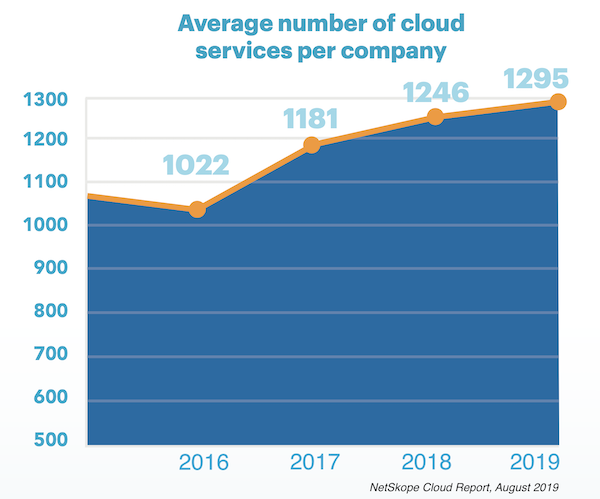CRM, ERP and CDP do a great job of dealing with customer interaction, resource planning and marketing campaign execution but they are not necessarily great at managing the customer master.
So what is it, that you should expect from a good customer MDM? We have some Pretectum ideas and thought we would share them.
In our minds, a good MDM, whether it be for Customers, Materials, or Vendors or anything, should provide you with almost limitless design and function flexibility. This means that your solution should be able to deal with all manner of data at the customer level whether it be single or multi-dimensional and not of a fixed nature, or at least, be flexible enough that it can evolve over time.
When you consider your sales, marketing and service teams, in particular, they need to know more than just the name of the customers and their basic contact information.
Ideally, they need to know what other attributes like preferences, social contacts and potentially useful information can help them connect in a more meaningful way. If you have that information on hand somewhere, then you should have it in your MDM if it is relatively unchanging.
A successful MDM will be able to add intelligence and insights to the data where account management, service, support, marketing and accounting say, all need the data to deliver a connected experience. This means that the data is not necessarily exclusive to any single channel but can be Omni-channel in nature.
The data should be reliable, in as much as it shouldn’t be so changeable that your teams are confused about the truthfulness in the representation of the customer record. This means the solution needs to maintain a record that you can build atop.
This means no dependence on secondary Excel spreadsheets, spreadmarts, data lakes and sub-databases that contain external references and keys to your core record set, it also means that your teams don’t have to do a lot of pre and re-processing of the master which is susceptible to mistakes and can be error-prone.
Whatever you choose, it should be a unifying force for your many systems. According to Chiefmartec.com, Netskope revealed that the average enterprise uses 1,295 cloud services.

That’s an awful lot of systems. If you don’t have a unified way of threading them all together then you will land up with duplicates and a host of other issues with the data that these many systems will work with.
The Pretectum CMDM provides you with a way to define many schemas for the definition of a customer which can be derivations of an original source or a stored query.
In addition, you can adjust those stored queries to create alternative views of the original data. Combine this flexibility with the ability to syndicate the data to any and all groups within your business and then provide a uniquely identifying key for the customer record that doesn’t change over time and you have a persistent store of records that can be externally referenced by other systems using external keys.
Learn more about the Pretectum CMDM advantage.


